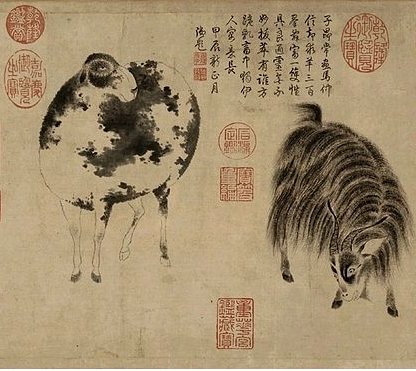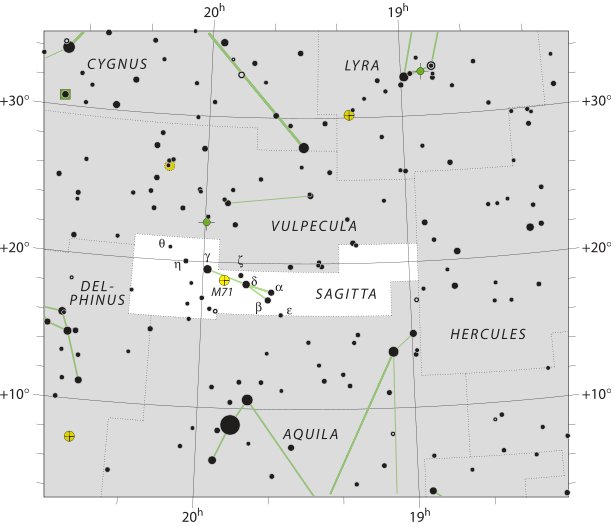When we look again in the C text we can guess Metoro thought about the birth of a new year when he said tagata noho i to mea - a person dwelling in 'the (red) thing':
It looks (in Cb4-19) as if someone (Pollux?) is being born (with his head first in the proper way) from a cup-formed shape which possibly could illustrate the outspread legs of the Moon. Or maybe Mother Earth, her sister, because the crescent form is not regular, cfr the difference between the shapes in the 1st period of the Moon calendar with those in the later periods:
The pair of preceding crescents (erua marama, Ca4-17--18) are formed in yet another way, possibly illustrating the rule of 'the tall, lean, dark-faced bed-side spectre, or Prince of the Air'.
I have earlier suggested the place of birth is 'the Thing':
... After he had made these male images Tu'u ko ihu fell asleep and dreamed of two women. Their names were Pa'apa ahiro and Pa'apa akirangi. In his dream he saw that they were hiding their Things with their hands, they were covering them with their fingers; therefore as soon as it was daylight he got up and carved two flat images exactly like those women ...
Bow and quiver are ideas connected with the Gemini Punarvasu. But it was Castor who held them, while Pollux had his Club:
Castor represents the hairy (rainy) winter and strings in different forms belong to him, e.g. the bow-strings, the strings of a Lyre, and the strings of a whip.
And in the following Cancer nakshatra (Pushya, the Nourisher) follows the Arrow (a piece of wood) and also the udder of a cow - someone has been born and needs nourishment.
This arrow is creating, not killing: ... The navel of the ocean was a vast whirlpool in which sticks for making fire by friction were drifting about. At that time men were still without fire. Now the maiden seized her bow, shot into the navel of the ocean, and the material for fire-rubbing sprang ashore ... At the other end of the sky there should be an arrow which is killing. Sham (α Sagittae) rose with the Sun in January 13 (378) and the synodic cycle of Saturn is 378 days.
Could not γ Sagittae be more significant than α? I need to update my star list because its only Sagitta star as yet is Sham. | ||||||||||||||||||||||||||||||||||||||||||||||||||||||||||||||||||||||||||||||||||||||||||||||||||||||||||||||||








